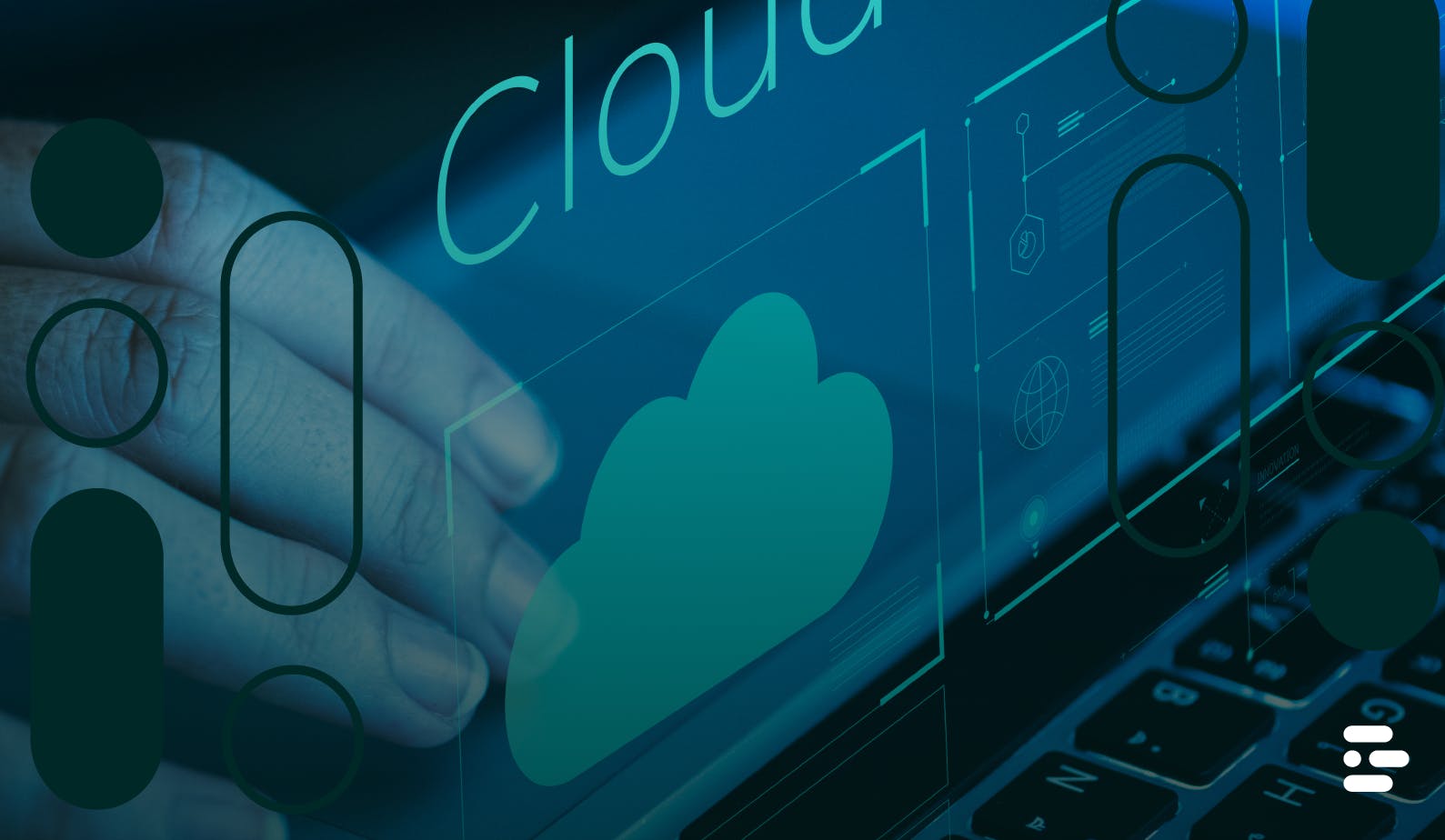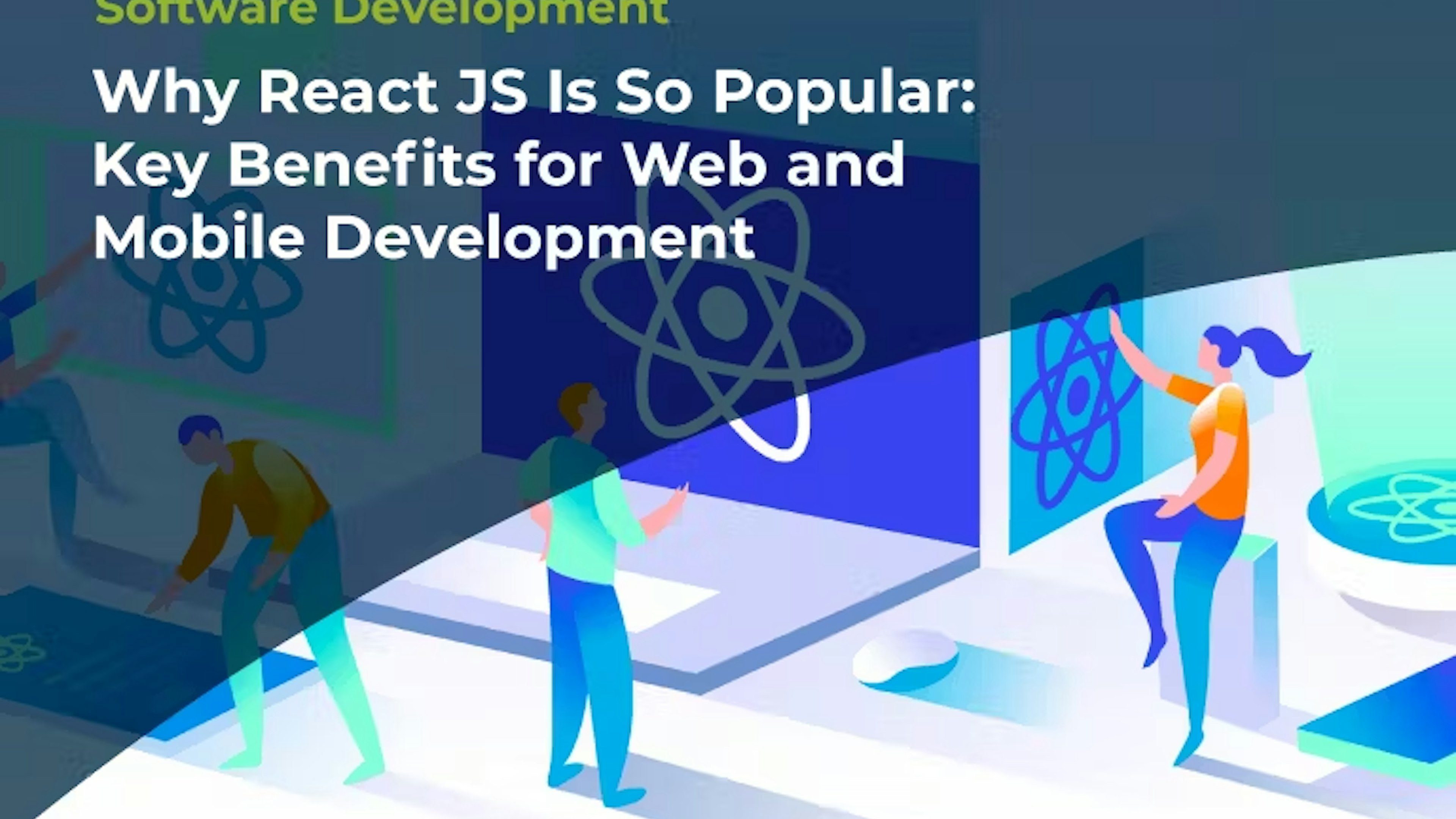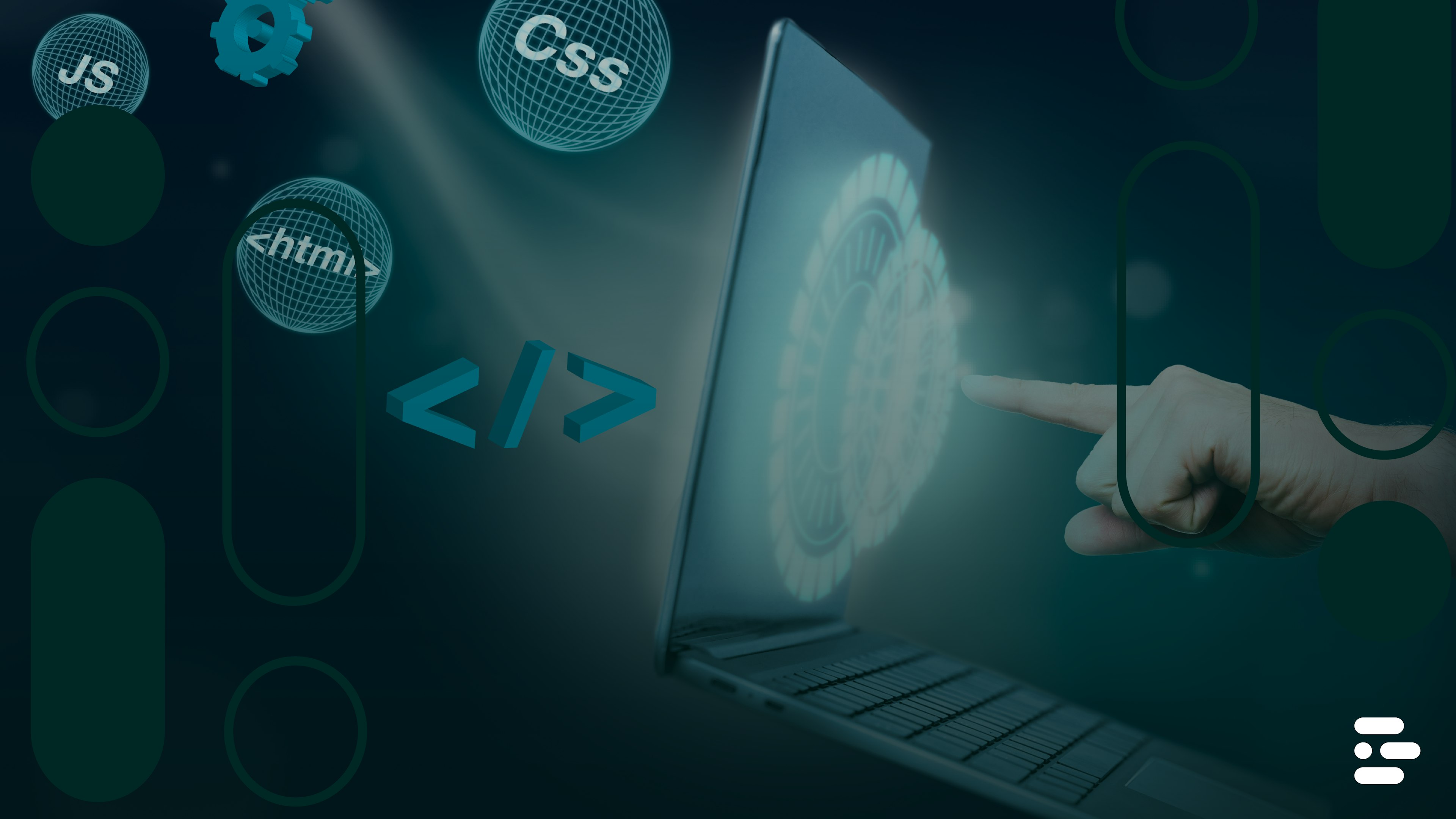Expert Insights: The Future of Cloud Computing: Trends, Predictions & Challenges To Watch


The pandemic welcomed a new dawn for the cloud computing industry. Most companies were forced to go remote, navigating the challenges of continuous innovation during uncertain times. This resulted in a paradigm shift as companies moved to cloud-based applications to support remote work and launch new cloud services to enhance customer retention. Digital transformation has become a priority for C-suite executives, IT leaders, and business professionals aiming to enhance their products, refine existing business processes, and improve customer experience. Organizations are constantly researching ways to adopt digital tools that can guarantee data safety, from websites to mobile applications, resulting in the development of computing networks. With the rise in digital transformation among companies, cloud computing has emerged as one of the most effective ways to provide flexible and innovative solutions. Businesses seeking to stay ahead have invested in cloud computing technology. According to a report by Gartner, it's anticipated that public cloud spending will increase by 20.7%, from $490.3 billion in 2022 to nearly $600 billion in 2023.
To derive an in-depth understanding of this topic, we interviewed one of our cloud computing experts, David Naranjo, who has 8 years of experience in cloud computing and has worked on numerous cloud-based projects. In this article, we explain the concept of cloud computing, the future of cloud computing, trends, risks, and predictions to watch out for in the future.
What is Cloud Computing?
Cloud computing is the on-demand access to IT resources without the need for a physical setup — a data center. This access is provided via the internet as a subscription service, depending on the scale of the required services. Cloud computing allows businesses to operate efficiently, lowering operating costs and providing the opportunity to scale up when needed. From David Naranjo's perspective, cloud computing is cheaper and more effective for companies than a physical data center. He mentioned that Immediately after the setup is completed, companies can start maximizing the potential of this digital network. A significant benefit of cloud computing is that it requires less capital and can be managed effectively by the cloud architect
With cloud computing, businesses have access to a network of remote servers hosted on the internet (the "cloud") to store, manage, and process their data. Industry-leading cloud providers, like Amazon Web Services (AWS) and Microsoft Azure, cater to businesses of different sizes and needs. Most cloud computing services can be classified into three models — Infrastructure-as-a-service (IAAS), Software-as-a-service (SAAS), and Platform-as-a-service (PAAS).
What is Infrastructure-as-a-service (IAAS)?
Infrastructure as a Service (IaaS) is a type of cloud computing service, also referred to as cloud infrastructure. It is a cloud computing solution that provides IT infrastructure to consumers through the Internet on a pay-as-you-go basis. This cloud computing business model allows organizations to scale up or down as needed, reducing hardware costs and ensuring flexibility. Unlike SaaS or PaaS, IaaS allows end users to have flexible control over their cloud resources. The users manage aspects such as operating systems, middleware, and applications, while the cloud provider handles the underlying infrastructure.
What is Software-as-a-service (SAAS)?
Software as a Service (SaaS) is a cloud-based software solution that allows end users to connect over the internet. Essentially, this model offers end users the opportunity to use an application without purchasing it, but by installing it. In the SaaS model, the software is hosted on remote servers and maintenance is managed by the service provider. As a result, businesses need to worry less about how to maintain and update the infrastructure and focus more on how the software is used. The SaaS model allows organizations to get started immediately with minimal upfront costs.
Read: 5 SaaS Development Tips for Increasing Speed To Market
What is Platform-as-a-service (PAAS)?
Platform-as-a-Service (PaaS) is a cloud computing model that enables customers to develop and deliver applications by providing them with a complete cloud platform. This platform is designed to manage, run, and develop applications in a flexible and cost-effective manner. With the PaaS model, developers can manage all the backend activities, thereby simplifying the web application development process. In this model, organizations purchase the resources they need from the cloud service provider on-demand and access them via an internet connection.
According to David Naranjo, it's essential to recognize that adopting cloud computing models does not mean neglecting the infrastructure. Rather, it involves delegating the management of that infrastructure to cloud experts based on the requirements of your project. It's crucial to anticipate potential challenges such as traffic spikes, and make provisions for these pitfalls. It's also important to exercise control over your resources, carefully specifying the allocation and processes.
Cloud computing requires ongoing maintenance and care, and can be likened to gardening. As your system grows, just like a plant, you'll need to prune the branches that aren't developing as expected.
What Is The Future of Cloud Computing?
The undeniable growth of cloud technology in the tech industry has led to increased potential for data storage, scalability, and flexibility for businesses, without the need to manage complex IT infrastructure. Cloud services provide a solution for handling data in a more advanced way than on-site data centers. Now, companies can secure their sensitive data in cloud service servers.
Cloud technology is aimed at improving data storage for cloud-based services and aiding companies in innovative growth. Here are some trends and predictions for the future of cloud computing.
Quantum Computing

Quantum computing utilizes quantum mechanics to calculate the output of a system via cloud technology. It operates at high speed and employs the principles of quantum physics to solve complex computational problems. Quantum computing is revolutionizing industries, from machine learning (ML) to optimization and simulation. For instance, Google leverages the benefits of quantum computing to build next-generation user products.
With various cloud computing technologies, tech giants like IBM, Amazon AWS, and Microsoft compete to stay updated with the latest quantum computing developments. Quantum computing can process large amounts of data and store data in qubits, a basic form of data that increases processing speed. It is known to be cost-effective.
Edge computing

Edge computing is the process of analyzing data at the edge of the network, where the data is being generated. It enables data storage on the device where it was processed. This method reduces latency, cuts costs, and facilitates real-time data processing. Edge computing also speeds up the response time for businesses' remote devices, allowing them to access real-time data. The evolution of edge computing has sparked innovations that prioritize human-centric applications, such as automated retail, robotics, and self-driving cars. It also empowers smart devices like smartphones and smartwatches. Many cloud providers are moving to the edge to keep pace with the rapid growth of the Internet of Things (IoT) and 5G. Over 5.6 million IoT devices have used edge computing for data processing. Edge computing's ability to improve speed and manage large data sets produced by IoT devices ensures maximum efficiency. Now, companies need data centers closer to the data source, and edge computing is fulfilling this need. By bringing data processing and storage closer to the data source, latency is minimized, enabling the use of edge devices.
Multi-cloud or Hybrid Cloud

A popular trend in computing is the use of multi-cloud in cloud computing. Multi-cloud is when an organization uses more than one cloud vendor to run its applications. It involves the combination of two or more public or private clouds or a mix of both. Essentially, multi-cloud is when a company uses two cloud providers to process their applications. Using multi-cloud offers firms the flexibility to run workloads on the cloud that best suit their business needs and effectively manage these applications wherever they are deployed. The multi-cloud infrastructure is mostly recommended for companies that envision substantial growth in their data sources over time. Today, there are various reasons why companies are adopting multi-cloud solutions, from deploying apps on their chosen cloud (be it public or private), to modernizing apps to secure data among a distributed workforce. In essence, multi-cloud can be viewed as SaaS from different cloud vendors.
Serverless Computing

It is estimated that the global serverless computing market will grow at a CAGR of 20.8% from 2022 to 2028, making it one of the fastest-growing PaaS. Serverless computing allows customers to build applications quickly without managing the IT infrastructure. 'Serverless' does not imply the absence of servers, but rather it helps developers run applications without interacting with the physical servers. In this scenario, the cloud service provider takes care of the maintenance, management, scaling, and upgrading. Companies like AWS, IBM, Microsoft, and Google offer these services on an as-used basis. This means that companies can pay only for the cloud resources they need. David Naranjo highlighted that serverless is cloud-agnostic and can help organizations configure their files. In his opinion, serverless helps you do everything on one platform. Also, you can derive the benefits of other programming languages, and also have your version control.
At times, organizations adopt hybrid cloud with serverless platforms because it offers an easy way to create and run applications. Although serverless computing is a new trend in cloud computing, it is changing how businesses interact with the cloud. Businesses no longer have to manage the IT infrastructure but can just deploy their services as needed. Importantly, the serverless infrastructure can scale quickly to meet demand.
Artificial Intelligence

A prominent trend in cloud computing is the growth of artificial intelligence and its impact on cloud technology. The concept of cloud-based AI systems has begun paving the way for research opportunities to manage data more effectively. There are vast advantages of AI, but specifically in cloud computing, it manages data and provides insightful analysis. Artificial intelligence is often perceived as the future of technology, and with cloud data centers, computation power, and bandwidth can be improved, enabling developers to generate data for machine learning platforms more efficiently.
According to David, there's been a notable discussion around new models for artificial intelligence and machine learning. There has been a surge in demand for machines with abundant RAM (Random Access Memory) memory or storage space. Moreover, with the development of AI models, there's a need for machines in the cloud that have substantial GPU (Graphics Processing Unit) use. This demand has grown significantly over the past few years.
Cloud vendors are increasingly seeking more instances to deploy machine learning. This trend is evident with the powerful GPUs manufactured by Nvidia and AMD (Advanced Micro Devices). There has been a shift towards adopting these technologies in AI, which is a beneficial feature to have.
The integration of artificial intelligence and machine learning in cloud computing will reduce costs and enhance the effectiveness of cloud services. As such, we can expect an increasing synergy between AI and cloud computing in the future, leading to more sophisticated, efficient, and cost-effective solutions.
Cloud Disaster Recovery

Disaster recovery, also known as cloud DR, is the strategy that organizations use to recover servers and services into the cloud environment. It offers various benefits such as scalability, flexibility, and reliability. Cloud disaster recovery is a cloud computing trend that helps companies recover from disasters quickly by enabling access to systems remotely within a secure environment. Disaster recovery is a significant benefit of cloud computing because it helps businesses access their data even in a power outage or other natural disasters without interruption. Moreover, using traditional disaster recovery methods has proven to be time-consuming and expensive, but with the cloud, there is business continuity with little downtime in network operations. Therefore, businesses that want to have a smooth system, save cost, and have effective operations would benefit from cloud disaster recovery.
Internet of Things (IoT)

One of the predictions is that IoT is linked to the future of cloud computing. As the internet becomes more prominent, more devices are getting connected to it. This means that IoT entails processing and storing a vast amount of data. Given that the cloud platform offers optimal data storage and there's a need for data security, we can anticipate immense growth in cloud infrastructure.
What Are The Security Risks In Cloud Computing?

Although the future of cloud computing is very promising, there are some potential risks that David mentioned which is important to highlight.
Cloud Service Downtime
The concept of cloud computing obscures its underlying complexity and makes deploying services seem effortless. However, potential problems can occur, such as when a service goes down in the cloud, making all data inaccessible to clients. Such downtime can significantly affect organizations.
Complex Pricing Structures
While cloud service providers aim to reduce the cost of your investments to yield higher returns, it sometimes leads to higher costs in the long run. Pricing structures can be complex, with additional costs potentially arising from increased usage, for example, a surge in page visitors.
Migration Challenges
It's also important to note that while transitioning to a cloud environment is often straightforward, exiting or migrating away from a cloud provider can be more challenging. This situation can create a level of dependency on your chosen cloud provider, which should be carefully considered when developing your cloud strategy.
Conclusion
As the interview wrapped up, David concluded with a valuable tip for enterprises and mid-sized companies. He believes that a company can leverage its existing legacy and software infrastructure without starting from scratch. His advice is not to migrate everything at once, but instead to approach the process in phases.
Begin with a proof of concept to see how well it works to migrate a feature or servers to the cloud. It's essential to have a backup plan in place, as there will inevitably be pitfalls and challenges. Learn from these experiences and use them to enhance your competency as a cloud service consumer.
He added that engaging the right cloud expert who understands your company's specific needs is crucial. Each cloud service provider has its unique way of doing things, and having someone who can navigate these variations will be invaluable to your cloud migration journey.
Subscribe to our newsletter
Stay informed with the latest insights and trends in the industry
You may also like


